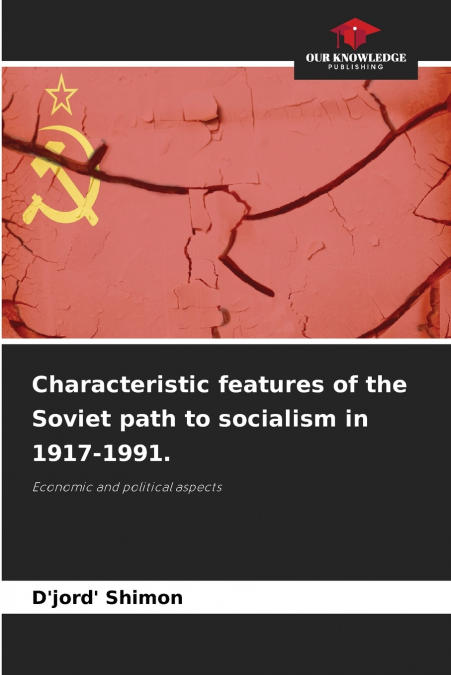
 Librería Perelló (Valencia)
Librería Perelló (Valencia)
 Librería Aciertas (Toledo)
Librería Aciertas (Toledo)
 El AlmaZen del Alquimista (Sevilla)
El AlmaZen del Alquimista (Sevilla)
 Librería Elías (Asturias)
Librería Elías (Asturias)
 Librería Kolima (Madrid)
Librería Kolima (Madrid)
 Donde los libros
Donde los libros
 Librería Proteo (Málaga)
Librería Proteo (Málaga)
The monograph analyzes the economic and political aspects of the almost 75-year experience of Soviet socialist construction, highlighting its main stages. The theoretical framework of the study includes, in addition to the works of the classics of Marxism-Leninism, the key postulates of neoclassical and endogenous theories of economic growth. Econometric analysis of the development of the national economy of the USSR in the period 1945-1990 was carried out, first of all, using the so-called general, or world model. This endogenous Caldorov-type growth model with a built-in mechanism of technical progress takes into account not only physical and human capital, but also time as an event space of creative economic activity, allowing us to compare the total factor efficiency with the world level. It was constructed by Prof. György Šimon Sr. (1930-2008) as part of a world economic study covering 131 countries, including the USSR. Within this topic, the author focuses on the Soviet-American economic competition in 1950-1990.